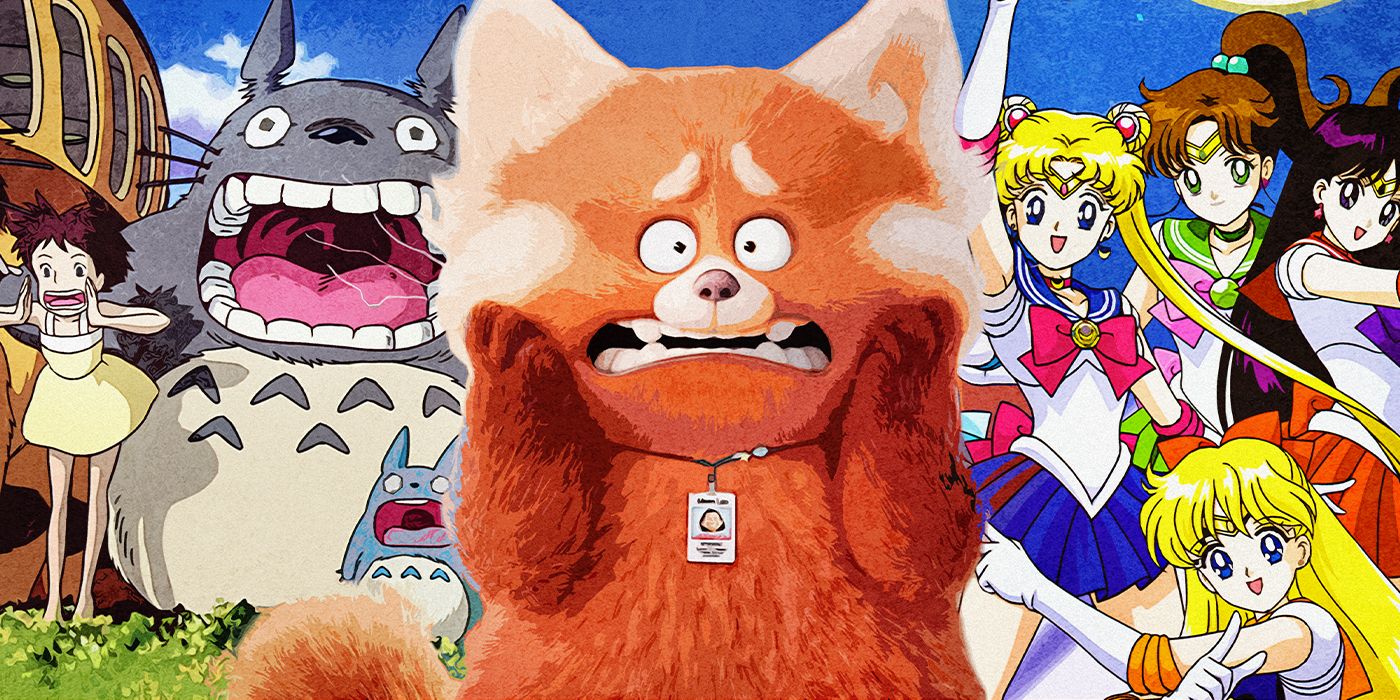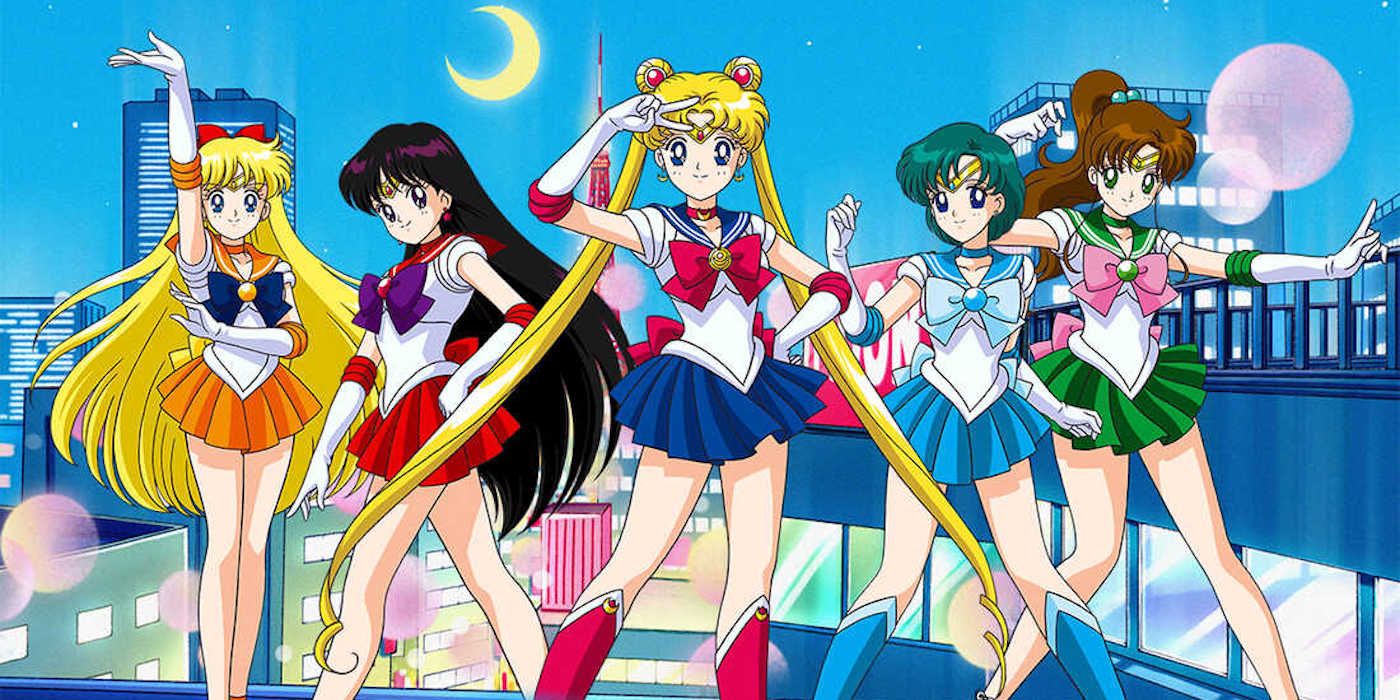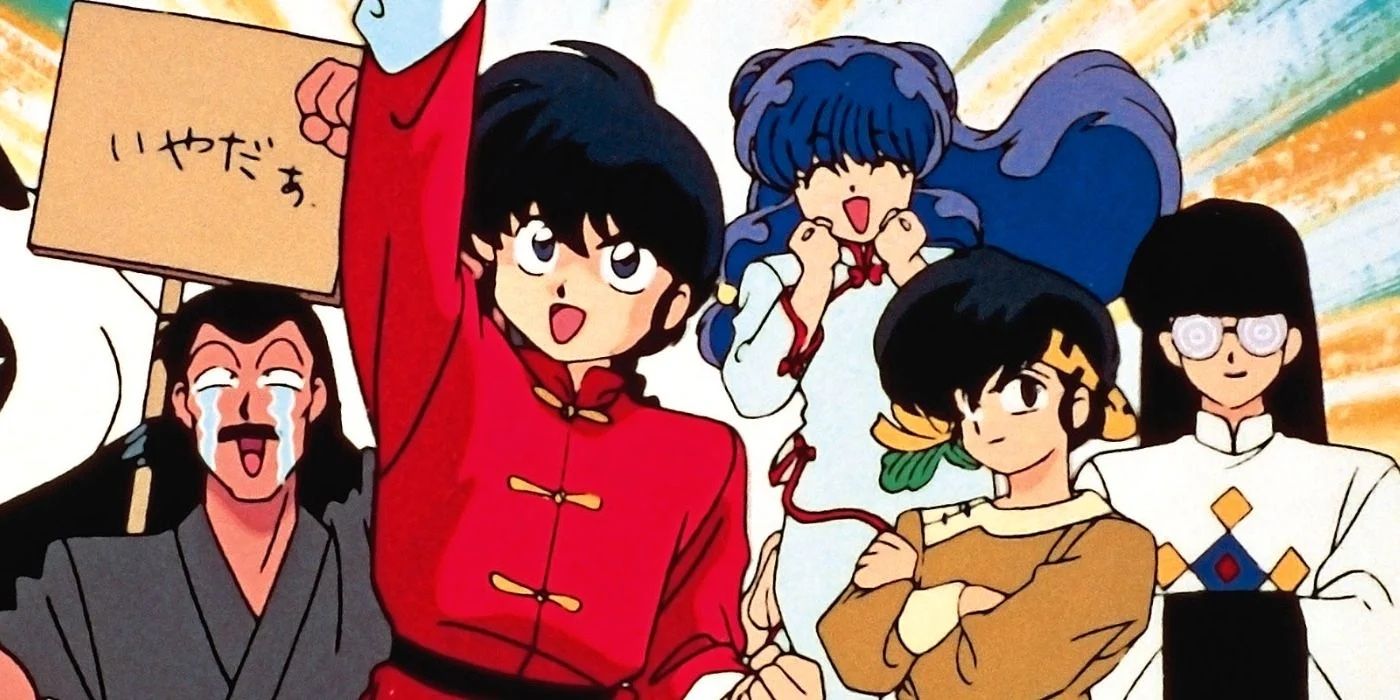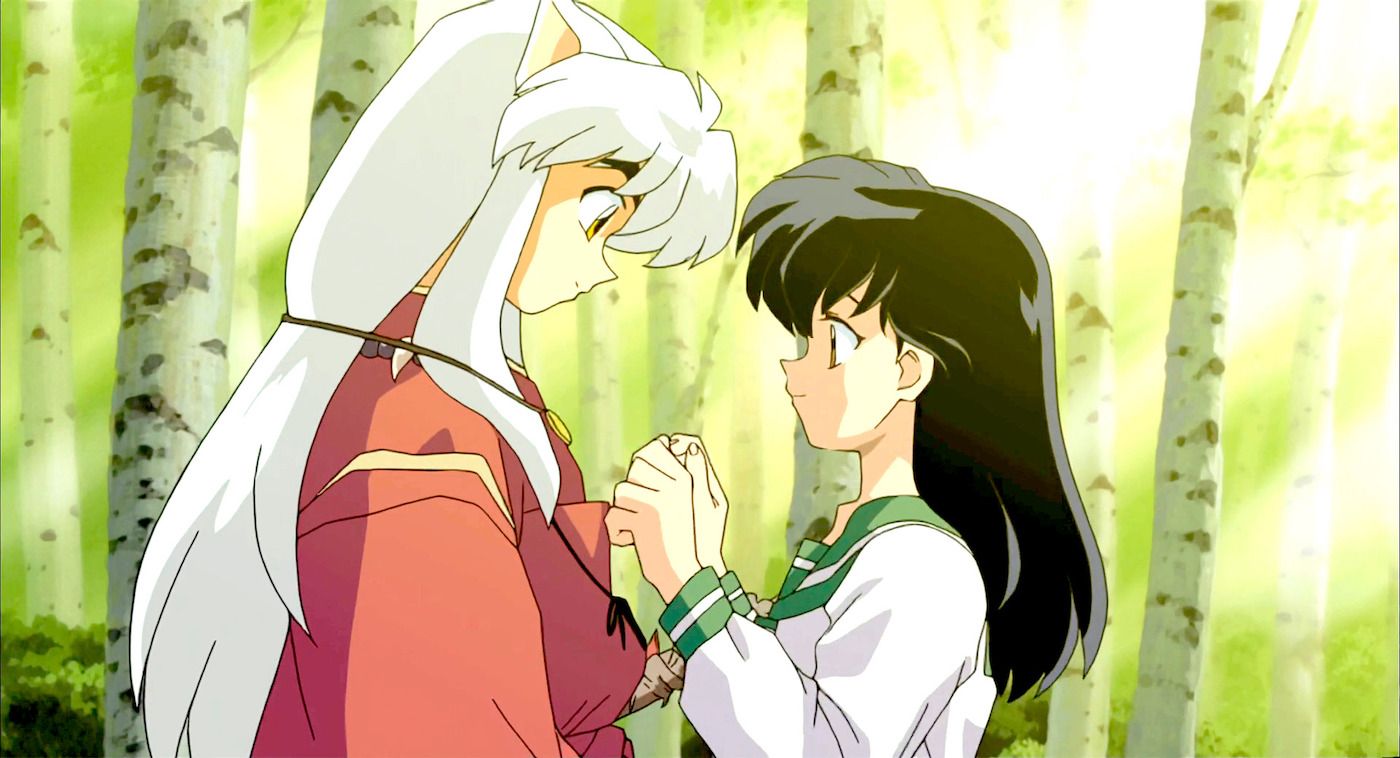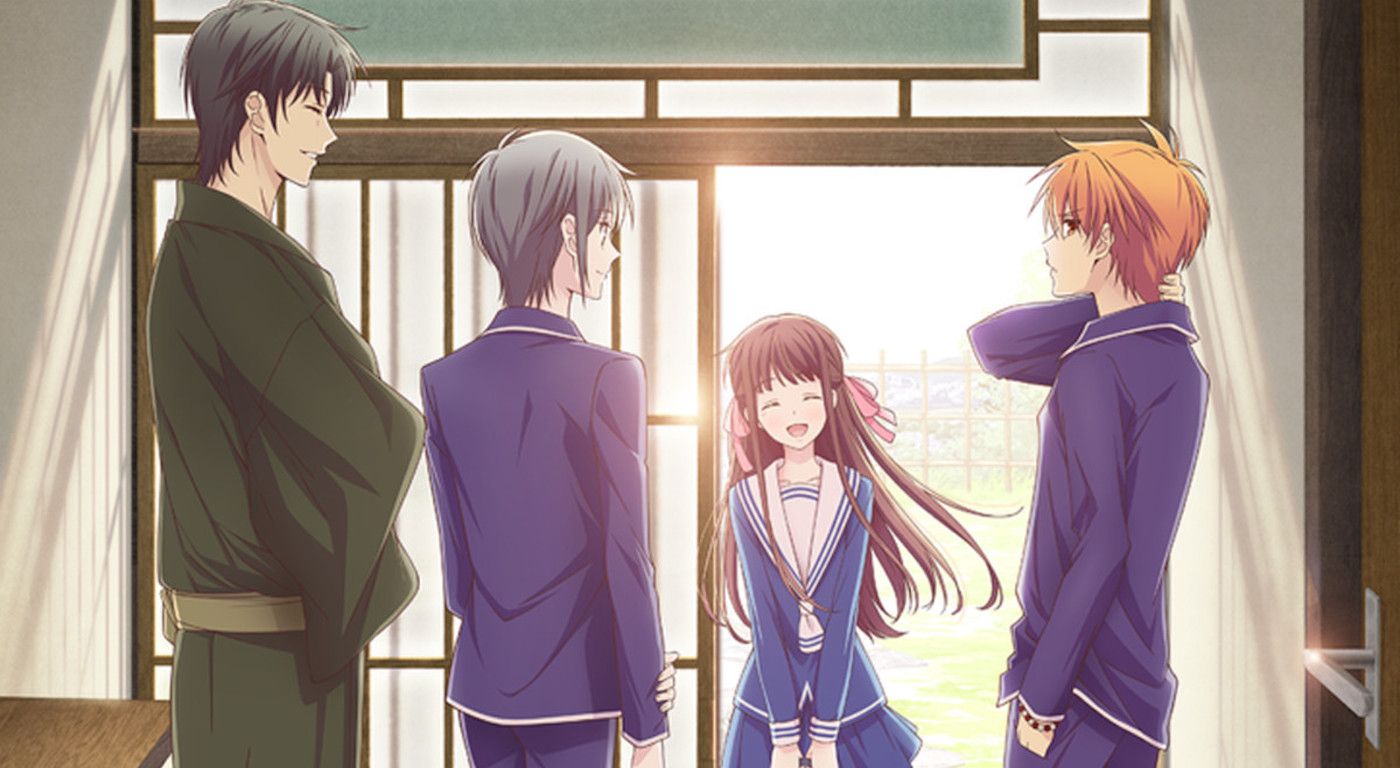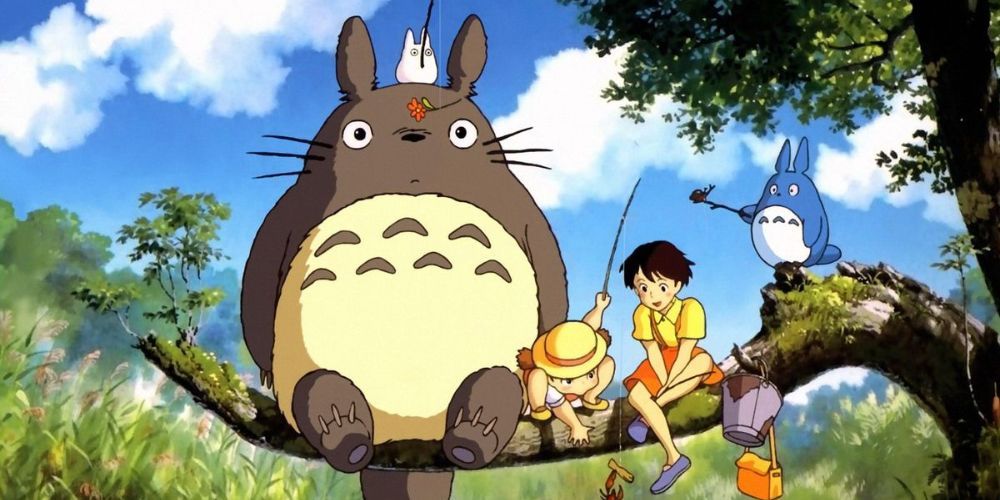Many filmmakers often wear their influences on their sleeve when developing certain projects, and Domee Shi is no exception. The Turning Red director has been fairly open about how her feature film debut for Pixar is essentially an “Asian Tween Fever Dream” - leaning into the setting and aesthetics of 2002-era Toronto as well as the interests of teenage girls at that time (especially boy bands, as the fictional band 4*Town plays a large role in the film's plot.) The biggest influence, however, is anime. The effects of anime run throughout the entirety of Turning Red, including the use of isolated motion and the lush, vibrant colors that run throughout the film. Shi has said that this is meant to represent the worldview of protagonist Mei (Rosalie Chiang); she has also been open about the anime series that influenced her work. Here are all the anime that influenced Turning Red, and how that influence is felt in the final product.
Sailor Moon
The anime with the biggest influence on Turning Red is Sailor Moon, especially its themes of female friendship. Shi went further into the Sailor Moon influence during an interview with IndieWire: “I grew up watching so much Japanese anime, and reading manga that was written and drawn by women...‘Sailor Moon’ is about middle school girls who saved the world, but they were also best friends and they went to the mall together. That was so, so cool. We tried to capture that girl friendship spirit in our movie."
Indeed, the friendship between Mei and her friends Miriam (Ava Morse), Abby (Hyein Park), and Priya (Maitreyi Ramakrishnan) ends up being a major factor in Turning Red. Like Usagi and the other Sailor Scouts, Mei has a strong bond with Miriam, Abby, and Priya. And like the Sailor Scouts, the girls vary in personality; Miriam is a tomboy - something she shares with Makoto/Sailor Jupiter - Abby is extremely energetic and Priya has a deadpan, sarcastic approach to life. Mei's friends also serve as an emotional anchor of sorts; she's able to keep her panda form in check by thinking of them. The look of Sailor Moon also served as a major influence, with Shi telling Polygon that the background of the magical girl series inspired the visuals of Turning Red: "We were really inspired by the pastels and the dreaminess of the night time, of the nightscapes,” Indeed, scenes that take place at night use soft light that creates a dreamy effect.
Ranma 1/2
Another anime that served as a major influence for Turning Red is Ranma 1/2 - which shouldn't be a surprise for anyone who's seen it. The Rumiko Takahashi anime features a martial artist named Ranma Saotome who took a dip in a hot spring while training with his father. The hot spring was enchanted, meaning that anyone who entered it would take the form of the beings who drowned there; Ranma would transform into a girl whenever he was splashed with cold water, and back into a boy when he was splashed with hot water. His father, Gemna, would also transform whenever splashed with cold water - although he became a panda. Though hot springs aren't involved in Turning Red, Mei's transformation into a red panda is mystical in nature. Shi even discussed with Polygon how Ranma 1/2 and Turning Red shared an anime trope in common: “Ranma ½ is another anime that we were inspired by, especially when Mei transformed, she poofs into a giant pink cloud. We kind of borrowed that from a lot of anime that dealt with transformation. And that whole device of a girl transforming into an animal, I feel like I see that a lot in anime.”
InuYasha
Ranma 1/2 isn't the only Rumiko Takahashi series to serve as a major inspiration for Turning Red. There are also elements of Takahashi's most famous work, InuYasha. InuYasha has teenager Kagome Higurashi falling down the well of her family shrine and encountering the half-demon InuYasha. InuYasha and Kagome go on a quest to find the pieces of the mystical Shikon Jewel, finding new friends along the way and having to deal with their burgeoning attraction. Like Kagome, Mei lives on the site of her family shrine with her mother, Ming Lee (Sandra Oh). Her transformation is triggered by a combination of hormones surrounding her crush on convenience store clerk Devon (Addie Chandler) and embarrassment whenever someone points it out; both InuYasha and Kagome were embarrassed whenever someone pointed out their mutual attraction.
Fruits Basket
Natsuki Takaya's Fruits Basket is another human-transforming-into-animals anime that helped shape Turning Red, and another anime that deals with the ups and downs of adolescence. In Fruits Basket, orphan Tohru Honda encounters the Sohma family and learns of a mythical affliction that causes them to transform into an animal from the Chinese zodiac when hugged by members of the opposite sex. Again, Turning Red contains a character with a mythical affliction that turns them into an animal, but it reverses the main concept of Fruits Basket. When Mei's friends learn about her secret, they embrace her - and she changes back into her human form. It's a clever way to showcase how strong the bond is between the four, as well as a nice homage to Fruits Basket.
My Neighbor Totoro
Another anime that one can see hints of in Turning Red is Hayao Miyazaki's classic film My Neighbor Totoro. Totoro is one of the most beloved anime films, revolving around two sisters and their father who move to the countryside and encounter all kinds of spirits and creatures. The titular wood spirit Totoro was a major influence on Mei's panda form, as Shi revealed during a Thrillist interview: "My secret goal, in the beginning, was to create our own version of Totoro. How do we create this iconic grabbable giant animal that you just want to rub your face in? It was also tricky too because we wanted her to feel like a red panda, but a magical red panda."
It is clear that these anime series and movies continue to be influential long after their initial runs, and we continue to see their impact on new stories today. Only time will tell if Shi draws upon other anime series for her next feature film.

